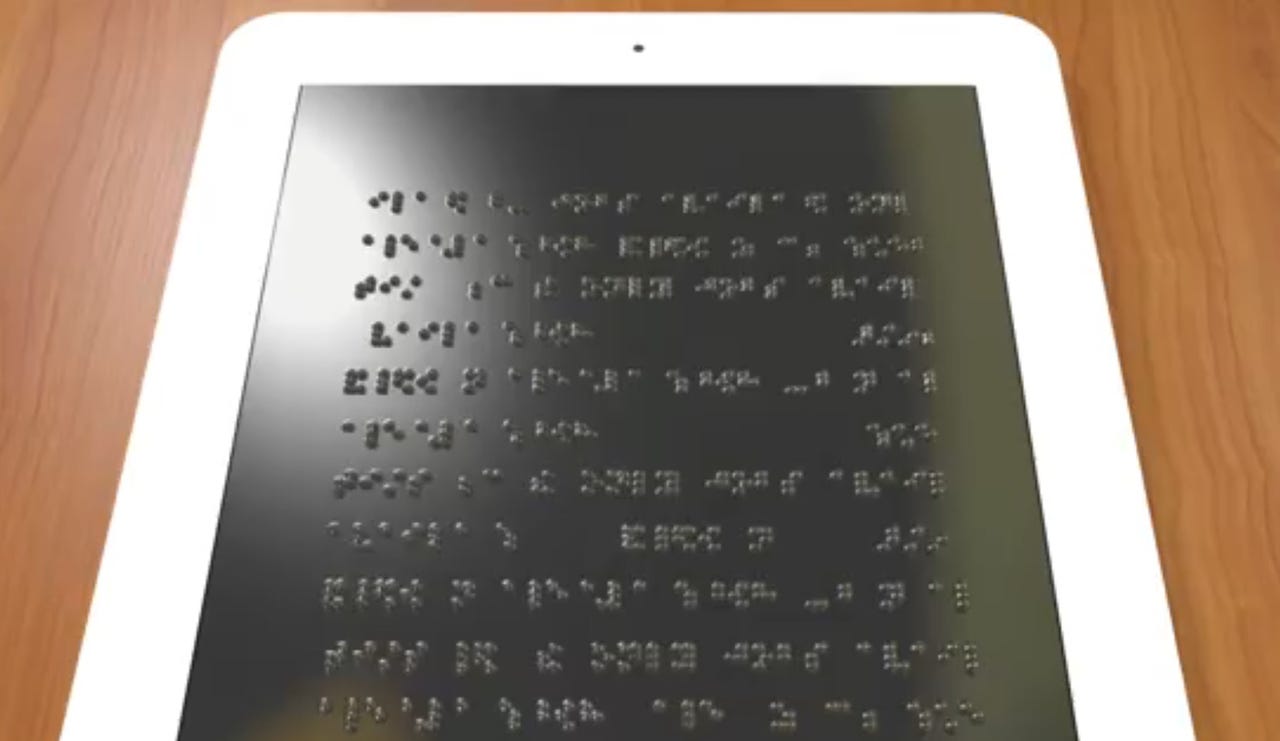Microfluid experiment could bring tactile tablets for vision impaired


In the future, might iPads, Kindles and other tablets be more useful to the vision impaired?
Featured
Yes, say researchers at the University of Michigan: Wired UK reports that the group is experimenting with micro fluids to provide tactile information on the screen of a slate.
While there are electronic Braille reading devices currently available, the university says they're expensive at several thousand dollars and they're limited to a single line of text before refreshing. They're also not the most portable of devices due to the motors inside that push up pins to represent text in Braille.
Enter micro fluids: A way to use liquids that can expand or contract for touch-based purposes. This isn't a new technology: I've already seen an iPad keyboard case that uses the same approach for "hardware style" keyboard.
But researchers have bigger plans than just a simple input method. They hope to have entire screens of small fluid-filled bubbles, similar to pixels used on displays to convey text, images and more.
While this would bring more than just text to a tablet, it may not cost that much: The expectation is that such a tablet could be priced at under £700 or $998.33.
Sure, that's a hefty premium over a traditional tablet but it's far less than a handheld Braille reading device and wouldn't be limited to one line of text.
The hope is that a tablet with this display technology could enable the visually impaired to view graphs, work on spreadsheets and more.